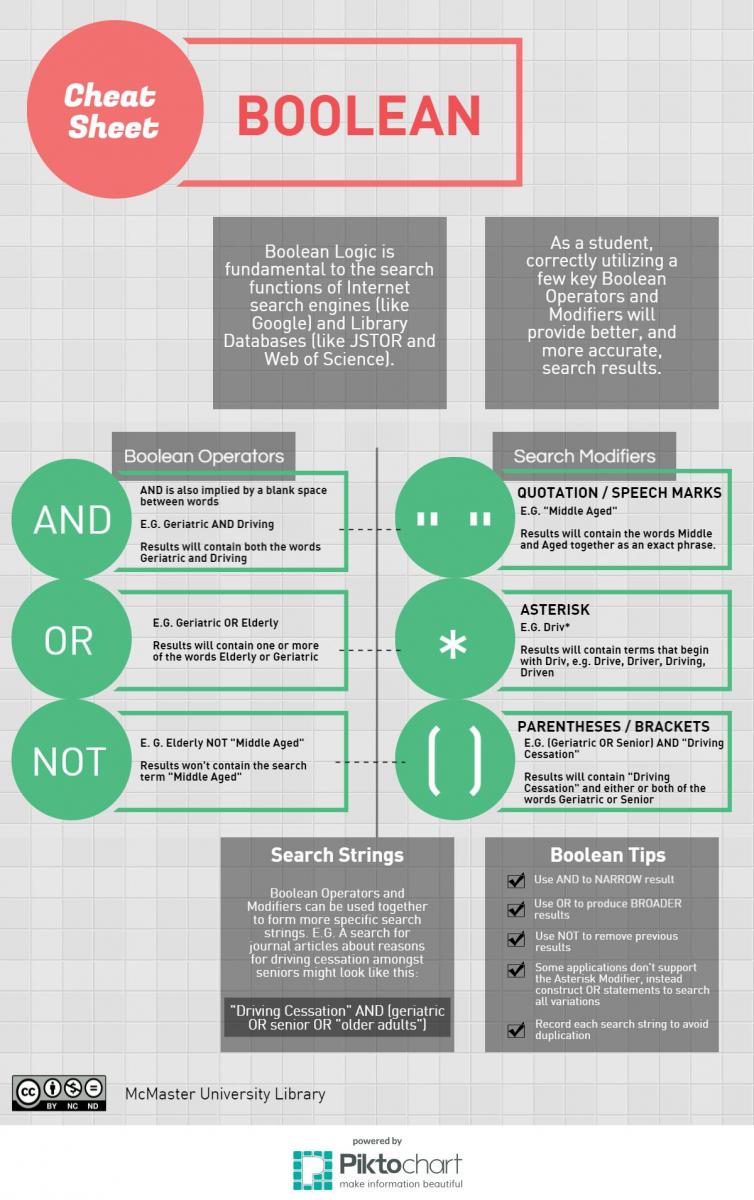


“carcinogenesis model development” (Asmari | Amararathna)Ĭurrently, the Boolean operator “NOT” does not work in Google and Google Scholar. This search strategy finds documents with the phrase “carcinogenesis model development” (with or without characters such as ‘period’ embedded) authored by EITHER Asmari OR Amararathna.Īs mentioned, historical Google syntax is also valid: A Boolean search, in the context of a search engine, is a type of search where you can use special words or symbols to limit, widen, or define your search. “carcinogenesis model development” AND (Asmari OR Amararathna) Moreover, “nesting” technique (or using parentheses around the “OR” search statement) is also possible. While the features mentioned above are still valid, now Google and Google Scholar also allow employing proper Boolean Operators typically used in bibliographic databases. Most of such searches worked best when done one at a time. A minus sign could be used as a NOT operator. Example: lady gaga +madonna 2) operator to force the search results to omit your second search phrase. Find pages containing two words or phrases within X words of each other source: Finding a news related source on Google. For Youtube these are: 1) + operator to force the search results to include your second search phrase. Savvy users also knew to search for either term at once by using the pipe character | (for example, cancer | tumor) the pipe character made Google use an “OR” between the search terms behind the scenes. Boolean operators are little tricks that work in almost all search engines. So how did Google create such a simple search interface? Behind the scenes, the space between the search terms was executed by Google as a Boolean search operator “AND”. Users want flexibility, including the ability to conduct both simple and complex searches the simplicity of Google with the complexity of Boolean search operators and ‘ nesting’. Still, neither Google nor bibliographic databases could fill each others niche. On the other hand, bibliographic databases (such as PubMed) with their multiple tools for refining search results, often were perceived cumbersome and somewhat outdated in terms of design. This approach had a great appeal to the public and even its perceived limitations could not spoil that attitude. Just put a word or two in the search box and you’ll get the search results. Historically, Google and Google Scholar allowed for conducting very simple straightforward searches.


 0 kommentar(er)
0 kommentar(er)
